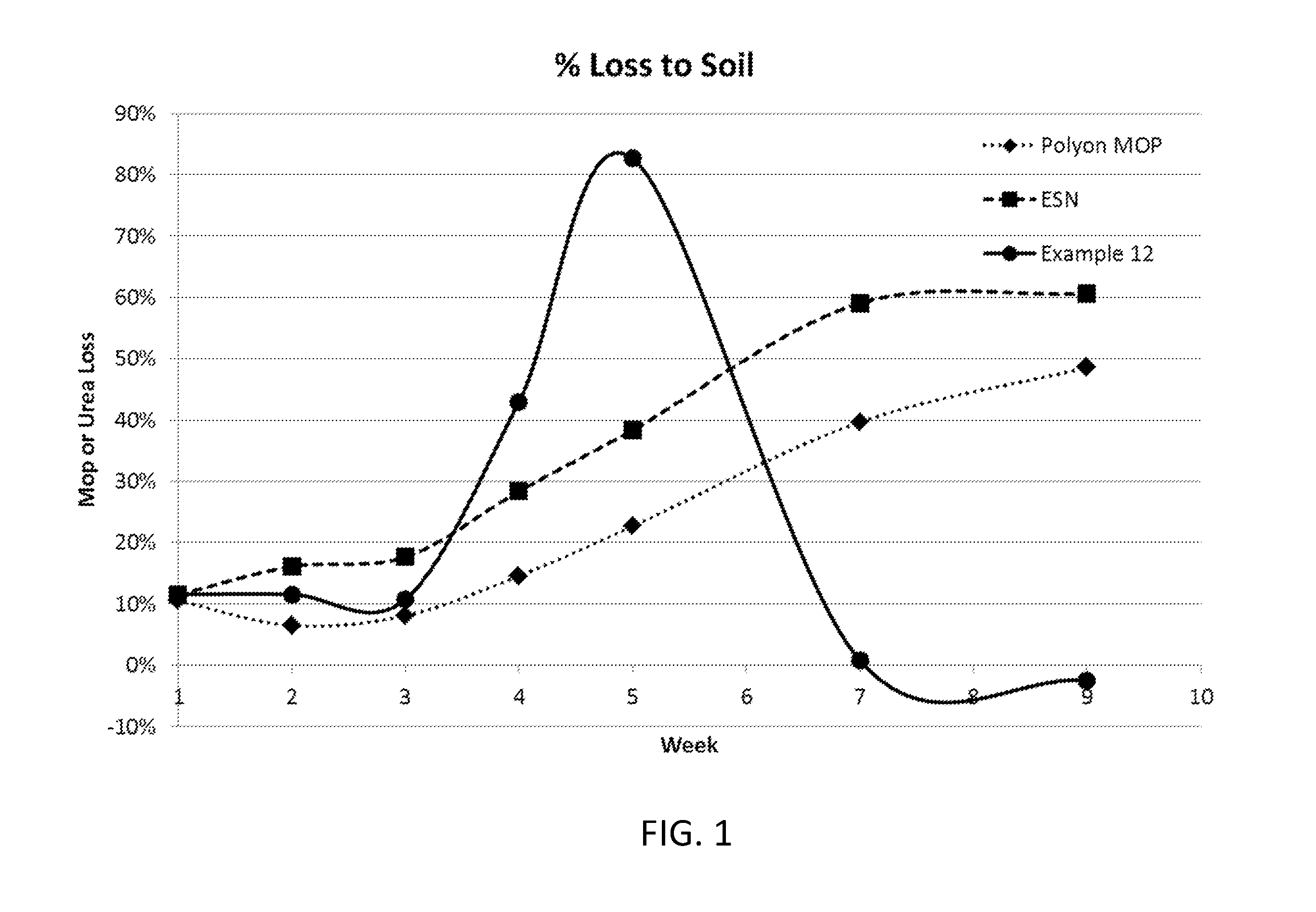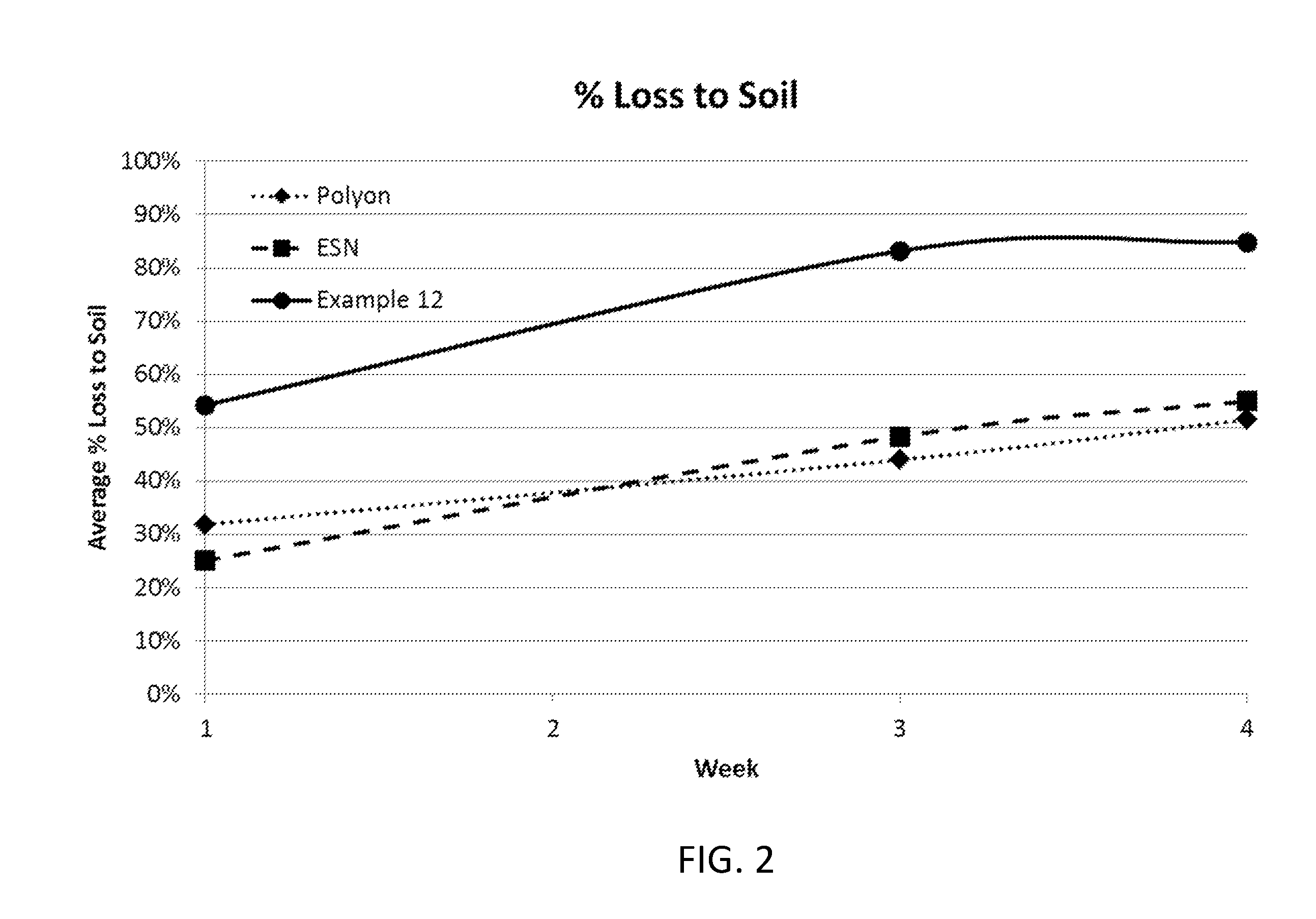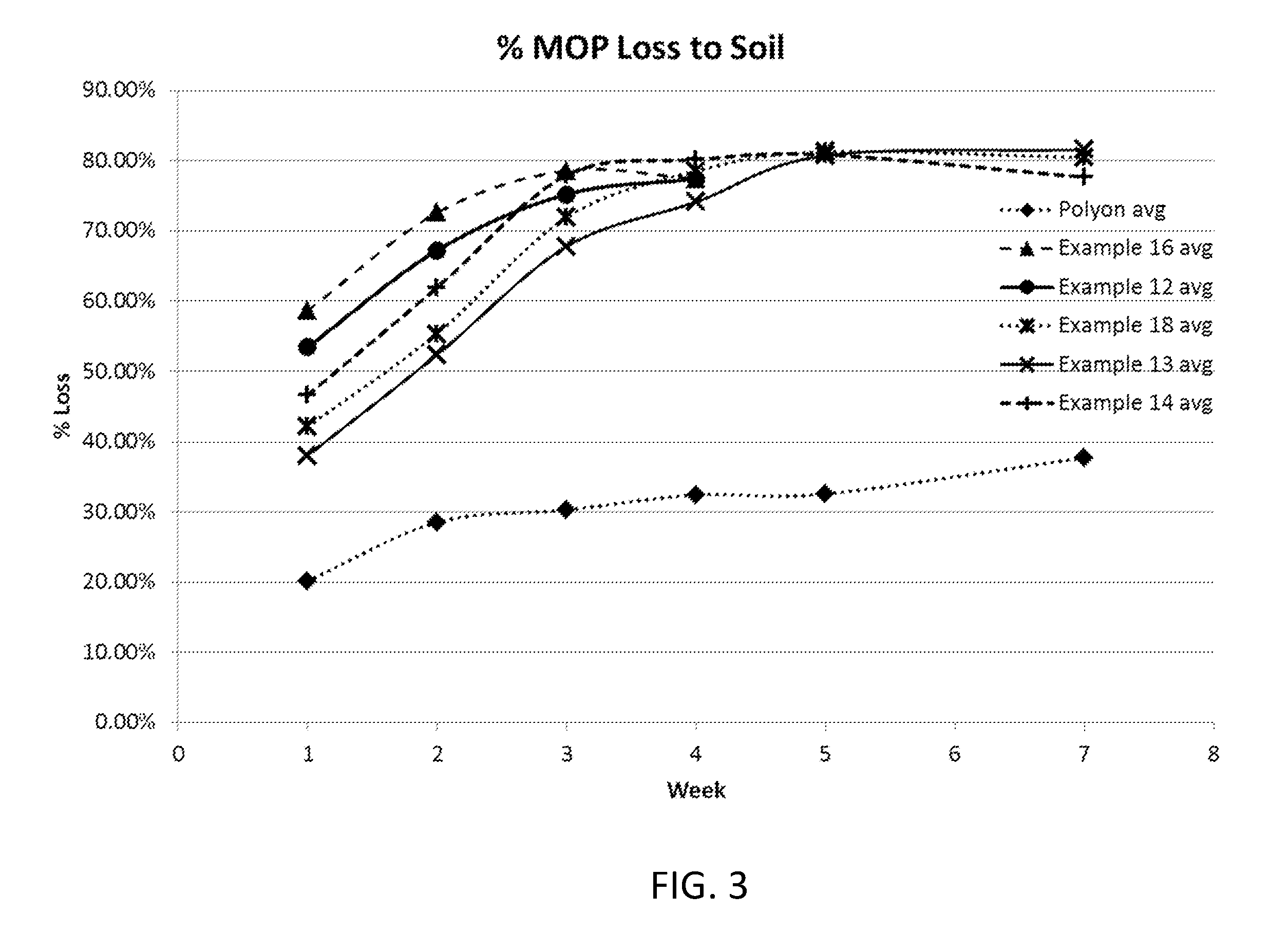Strengthened composite products and methods for making and using same
a composite product and strength technology, applied in the field of strengthened fibrous composite products, can solve the problems of fiberglass mats not meeting the minimum dry tensile strength and tear strength specifications
- Summary
- Abstract
- Description
- Claims
- Application Information
AI Technical Summary
Benefits of technology
Problems solved by technology
Method used
Image
Examples
examples
[0144]In order to provide a better understanding of the foregoing discussion, the following non-limiting examples are offered. Although the examples can be directed to specific embodiments, they are not to be viewed as limiting the invention in any specific respect.
[0145]In regard to Examples 1-7, related to strengthened fibrous composite products, for inventive examples (Exs. 3 and 7) and comparative examples (CExs. 1, 2, and 4-6) discussed herein, a handsheet study was performed for each sample. A Rohm and Haas model 4297 mixer was used to blend the mixtures. Dilutions were made to about 13% solids with PAA white water, an aqueous solution of polyacrylamide. The handsheets were cured at a temperature of about 240° C. for about 10 seconds. For Examples 3 and 7, the polyamidoamine-methylenebisacrylamide-epichlorohydrin (“PPA-MBA-EPA”) cross-linked resin was prepared according to methods discussed and described in U.S. Pat. Nos. 5,567,798; 5,585,456; and 8,246,781; U.S. Publication N...
example 3
[0148]Example 3 (Ex. 3) was a urea-formaldehyde resin modified with the PPA-MBA-EPA crosslinked resin. About 3% solids of the PPA-MBA-EPA crosslinked resin was added to the urea-formaldehyde resin at room temperature (about 25° C.) and blended for about 10 min.
TABLE 1Avg. DryTensileBWAvg.Ex.Additive(kg / 7.62 cm)(kg / 9.29 m2)Tear%%No.(solids %)[lbs / 3 in][lbs / 100 ft2](gf)LOIDTNHWCEx. 1—37.6 [83]0.76 [1.68]46914.83.3570CEx. 2latex (7.5)37.2 [82]0.76 [1.68]47915.13.2277Ex. 3PPA-MBA-EPA42.2 [93]0.77 [1.69]57114.53.7872(3)
example 7
[0150]Example 7 (Ex. 7) was a urea-formaldehyde resin modified with the PPA-MBA-EPA crosslinked resin. About 3% solids of the PPA-MBA-EPA crosslinked resin was added to the urea-formaldehyde resin at room temperature (about 25° C.) and blended for about 10 min.
TABLE 2Avg. DryTensileBWAvg.Ex.Additive(kg / 7.62 cm)(kg / 9.29 m2)Tear%%No.(solids %)[lbs / 3 in][lbs / 100 ft2](gf)LOIDTNHWCEx. 4—35.8 [79]0.77 [1.69]46615.13.1483CEx. 5SMA42.6 [94]0.76 [1.67]48715.33.6575(3)CEx. 6latex (7.5) 44 [97]0.78 [1.71]42015.23.8160Ex. 7PPA-MBA-EPA 52.6 [116]0.78 [1.71]555154.4563(3)
[0151]The average dry tensile strength and the Elmendorf tear strength values were determined according to the following procedures. All of the examples (Exs. 3 and 7) and comparative examples (CExs. 1, 2, and 4-6) were tested for dry tensile strength on a Thwing-Albert tensile tester (0-200 kg load cell), and measured according to TAPPI / ANSI T 1009. All of the examples were tested for Elmendorf tear strength on a Thwing-Albert ...
PUM
| Property | Measurement | Unit |
|---|---|---|
| temperature | aaaaa | aaaaa |
| temperature | aaaaa | aaaaa |
| size | aaaaa | aaaaa |
Abstract
Description
Claims
Application Information
 Login to View More
Login to View More - R&D
- Intellectual Property
- Life Sciences
- Materials
- Tech Scout
- Unparalleled Data Quality
- Higher Quality Content
- 60% Fewer Hallucinations
Browse by: Latest US Patents, China's latest patents, Technical Efficacy Thesaurus, Application Domain, Technology Topic, Popular Technical Reports.
© 2025 PatSnap. All rights reserved.Legal|Privacy policy|Modern Slavery Act Transparency Statement|Sitemap|About US| Contact US: help@patsnap.com



